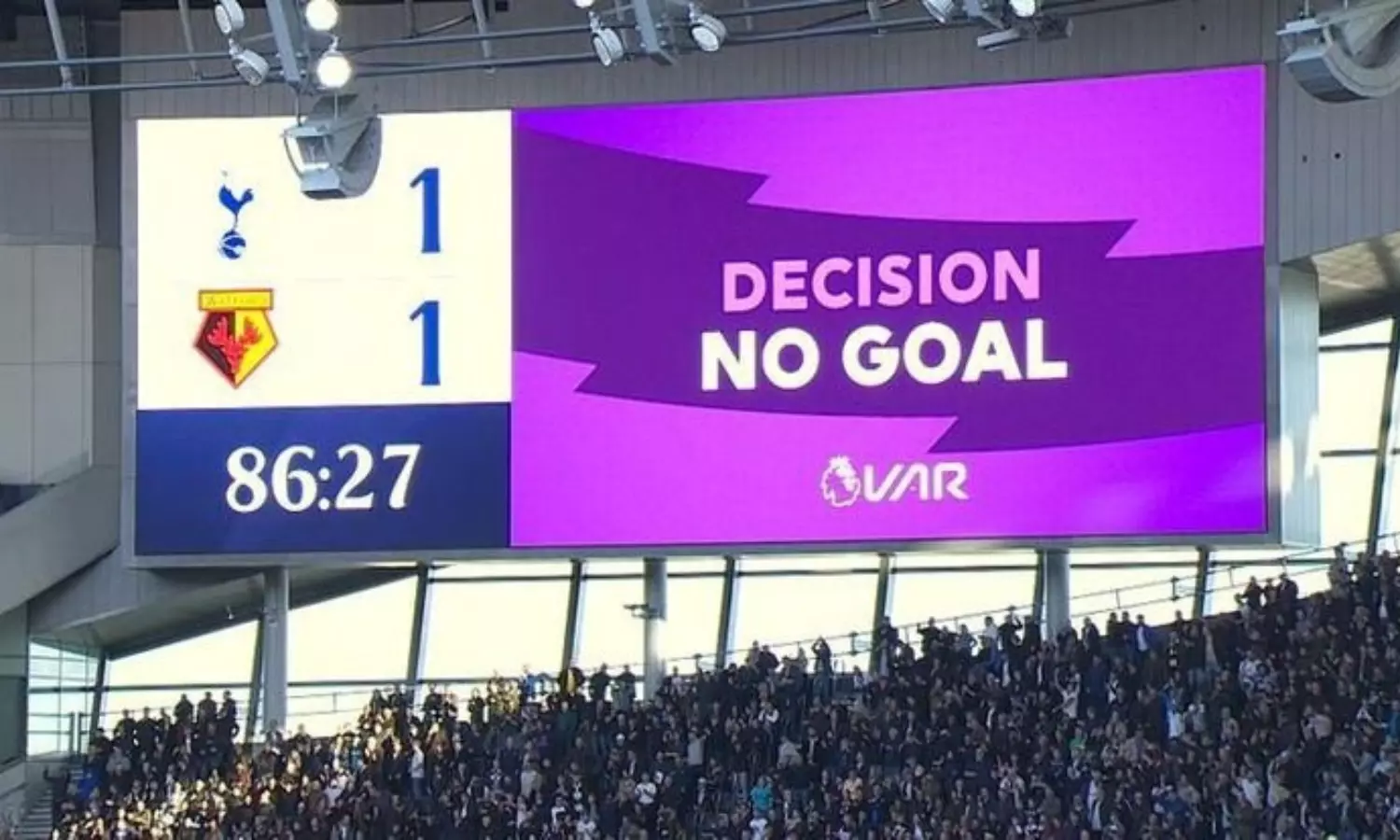VAR in Football: Balancing Accuracy and Game Flow
Introduction
Video Assistant Referee (VAR) technology has been one of the most significant technological advancements in football over the last decade. Introduced to assist on-field referees in making more accurate decisions, VAR aims to reduce human error in critical game moments. This technology has sparked widespread debate among players, coaches, fans, and officials regarding its impact on the game. This article will explore the history, functionality, advantages, disadvantages, and future prospects of VAR in football, providing an in-depth analysis of how this technology is changing the beautiful game.
History of VAR
The concept of using video technology to assist referees in football dates back to the early 2000s. However, it wasn't until 2016 that the International Football Association Board (IFAB) approved experiments with VAR. The first major implementation of VAR occurred in 2018 during the FIFA World Cup in Russia, marking a significant milestone in football history.
Early Trials and Development
The early trials of VAR took place in domestic leagues, including the Dutch Eredivisie and the Australian A-League. These trials were crucial for refining the technology and protocols associated with VAR usage. The positive outcomes from these trials led to broader acceptance and eventual implementation in major tournaments.
How VAR Works
VAR involves a team of video assistant referees who monitor the game from a control room equipped with multiple camera angles and replay technology. The VAR team communicates with the on-field referee to review specific incidents and advise on potential errors.
Key Areas of Review
VAR focuses on four key areas:
- Goals and their validity.
- Penalty decisions.
- Direct red card incidents.
- Mistaken identity in awarding cards.
The Review Process
When a potentially erroneous decision occurs, the VAR team reviews the footage and communicates their findings to the on-field referee. The referee then has the option to review the footage on a pitch-side monitor before making a final decision. This process aims to ensure that the correct decision is made without unduly disrupting the flow of the game.
The Pros of VAR
Improved Decision Accuracy
One of the most significant advantages of VAR is the improvement in decision accuracy. By allowing referees to review footage, VAR reduces the likelihood of incorrect decisions that can affect the outcome of matches. This is particularly important in high-stakes games, where a single mistake can have substantial consequences.
Enhanced Fairness and Justice
VAR promotes fairness by ensuring that all teams are subject to the same level of scrutiny. This technology helps to eliminate controversial decisions that might favor one team over another, thereby leveling the playing field.
Deterrent Against Unsporting Behavior
The presence of VAR serves as a deterrent against unsporting behavior such as diving, simulation, and off-the-ball incidents. Players are less likely to engage in such actions if they know they are being closely monitored and that any infractions will be reviewed.
Increased Fan Engagement
VAR has the potential to enhance fan engagement by providing greater transparency in decision-making. Fans can see the rationale behind referees' decisions, which can help to build trust and understanding between the officiating team and the spectators.
The Cons of VAR
Disruption to Game Flow
One of the primary criticisms of VAR is the disruption it causes to the flow of the game. The review process can lead to significant stoppages, which can be frustrating for players, coaches, and fans. Prolonged reviews can break the momentum of the match and diminish the overall viewing experience.
Subjectivity in Decision-Making
Despite the technological assistance, VAR decisions can still be subjective. Different referees may interpret the same footage differently, leading to inconsistency in decision-making. This subjectivity can undermine the credibility of VAR and lead to further controversy.
Technology Limitations
VAR technology is not infallible. Camera angles and resolution can sometimes be insufficient to provide a clear view of incidents, leading to ambiguous decisions. Additionally, technical glitches and delays can hinder the effectiveness of the review process.
Increased Pressure on Referees
VAR adds an extra layer of pressure on referees, who must now make decisions under the scrutiny of video review. This heightened pressure can affect their performance and decision-making, potentially leading to more errors.
Case Studies and Examples
The 2018 FIFA World Cup
The 2018 FIFA World Cup was a landmark event for VAR, with the technology being used extensively throughout the tournament. One notable incident occurred during the final between France and Croatia, where VAR was used to award a penalty to France for a handball by Croatian defender Ivan Perišić. The decision was highly controversial, but it highlighted the impact of VAR on crucial game moments.
The Premier League
Since its introduction in the Premier League, VAR has been involved in several high-profile incidents. For instance, a match between Tottenham Hotspur and Manchester City in 2019 saw a late Gabriel Jesus goal disallowed for handball after a VAR review. Such incidents have sparked debate about the consistency and application of VAR in the league.
The Future of VAR
Technological Advancements
The future of VAR is likely to see further technological advancements, such as improved camera quality, automated offside detection, and real-time data analysis. These developments aim to enhance the accuracy and efficiency of VAR, reducing the time taken for reviews and minimizing errors.
Integration with Other Technologies
VAR could be integrated with other technologies like goal-line technology and wearable sensors to provide a more comprehensive officiating system. This integration could lead to more accurate and reliable decisions, further reducing the margin of error.
Training and Education
Improving the training and education of referees and VAR officials is crucial for the successful implementation of VAR. Ongoing training programs and workshops can help officials stay updated with the latest developments and ensure consistent application of the technology.
Conclusion
VAR has undoubtedly transformed football, bringing both significant benefits and notable challenges. While it has improved decision accuracy and fairness, it has also introduced new controversies and disrupted the flow of the game. The future of VAR lies in addressing these challenges through technological advancements, better training, and ongoing refinement of the review process. As VAR continues to evolve, it will play an increasingly important role in shaping the future of football.
Ultimately, the goal of VAR is to assist referees in making the right decisions, ensuring that the game remains fair and enjoyable for all stakeholders involved. The continued evolution of VAR will determine its long-term impact on the sport, with the potential to enhance the integrity and excitement of football at all levels.






